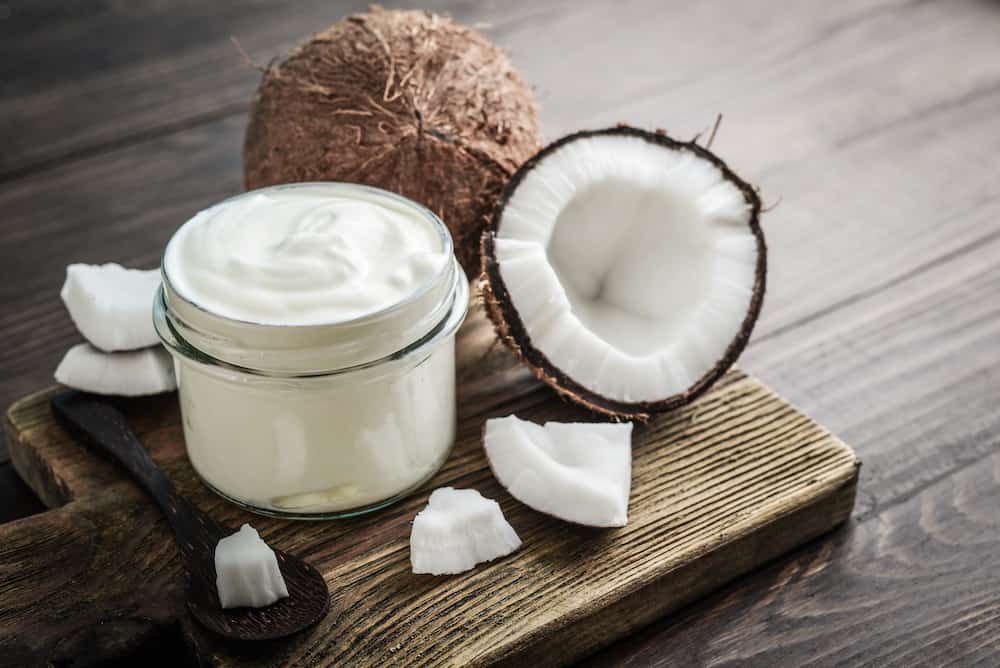-
Yogurt Replacements

To make yogurt, milk is inoculated with living active bacterial cultures in order to ferment it. These “good” bacteria help promote a healthy stomach. Plain yogurt is a highly adaptable food. It may be used in salads, dips, and marinades as well as meat and roasted vegetable dishes. A single cup (236 ml) of whole-milk yogurt has 149 calories, 8 grams of fat, 9 grams of protein, and 11 grams of carbohydrates.
Some yogurts, such as Greek yogurt, are high in protein, while flavored varieties commonly have more carbohydrates from added sugar. Soy, coconut, and nut-based alternatives to yogurt are created by adding probiotic organisms, much as nondairy kinds of milk.
Nondairy yogurt alternatives can differ considerably in terms of nutrition. Here’s a quick comparison of the various non-dairy yogurt alternatives based on 6 ounces of the “plain” flavor.
Coconut milk yogurt: It has 180 calories, 14 grams of fat, 1 gram of protein, and 12 grams of carbohydrates.
Almond milk yogurt: The energy values of 128 calories, 7 grams of fat, 3 grams of protein, 14 grams of carbs, and 1 gram of fiber.
Soy milk yogurt: Soy milk yogurt has 80 calories, 3.5 grams of fat, and 6 grams of carbohydrates.
